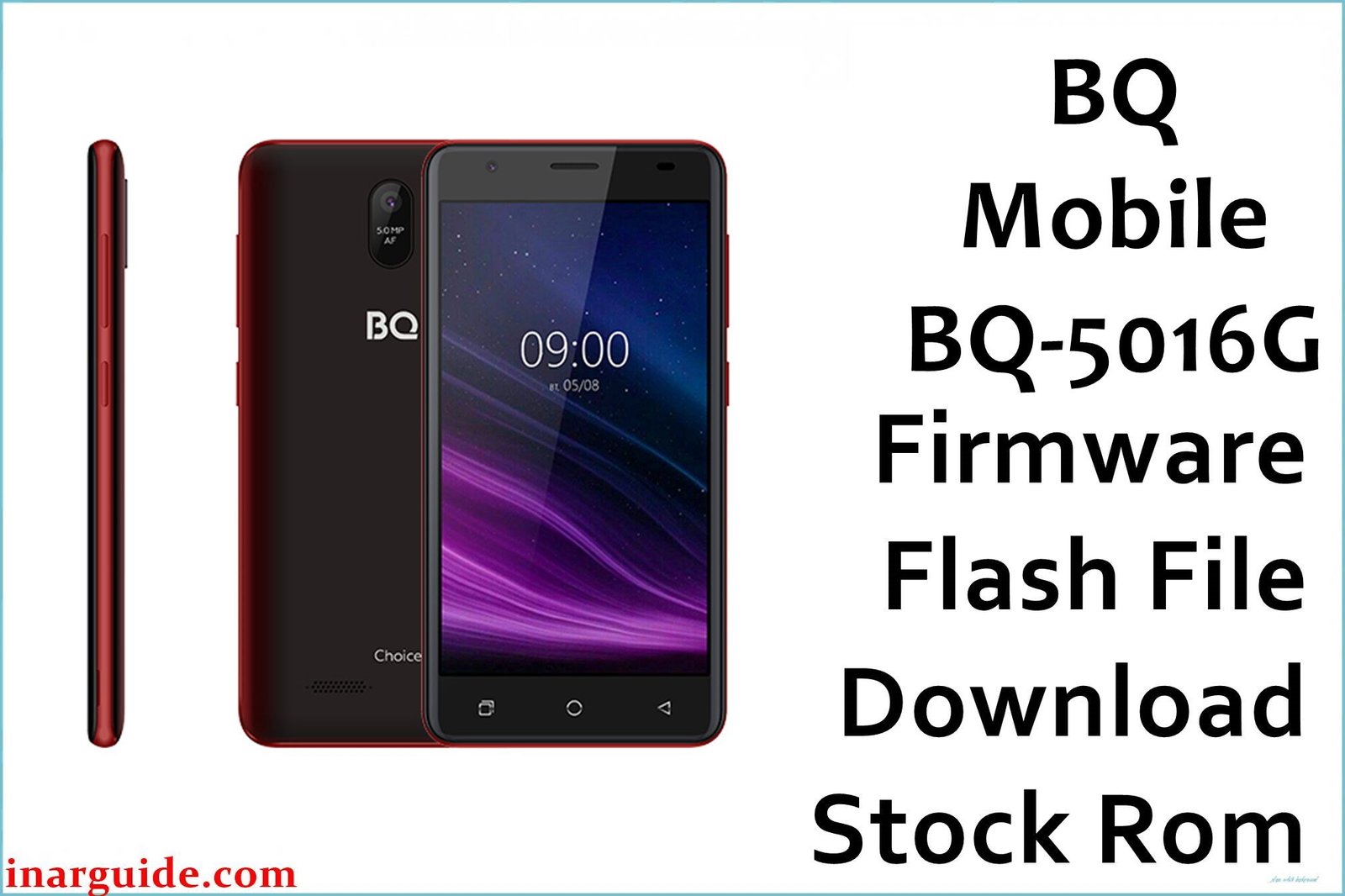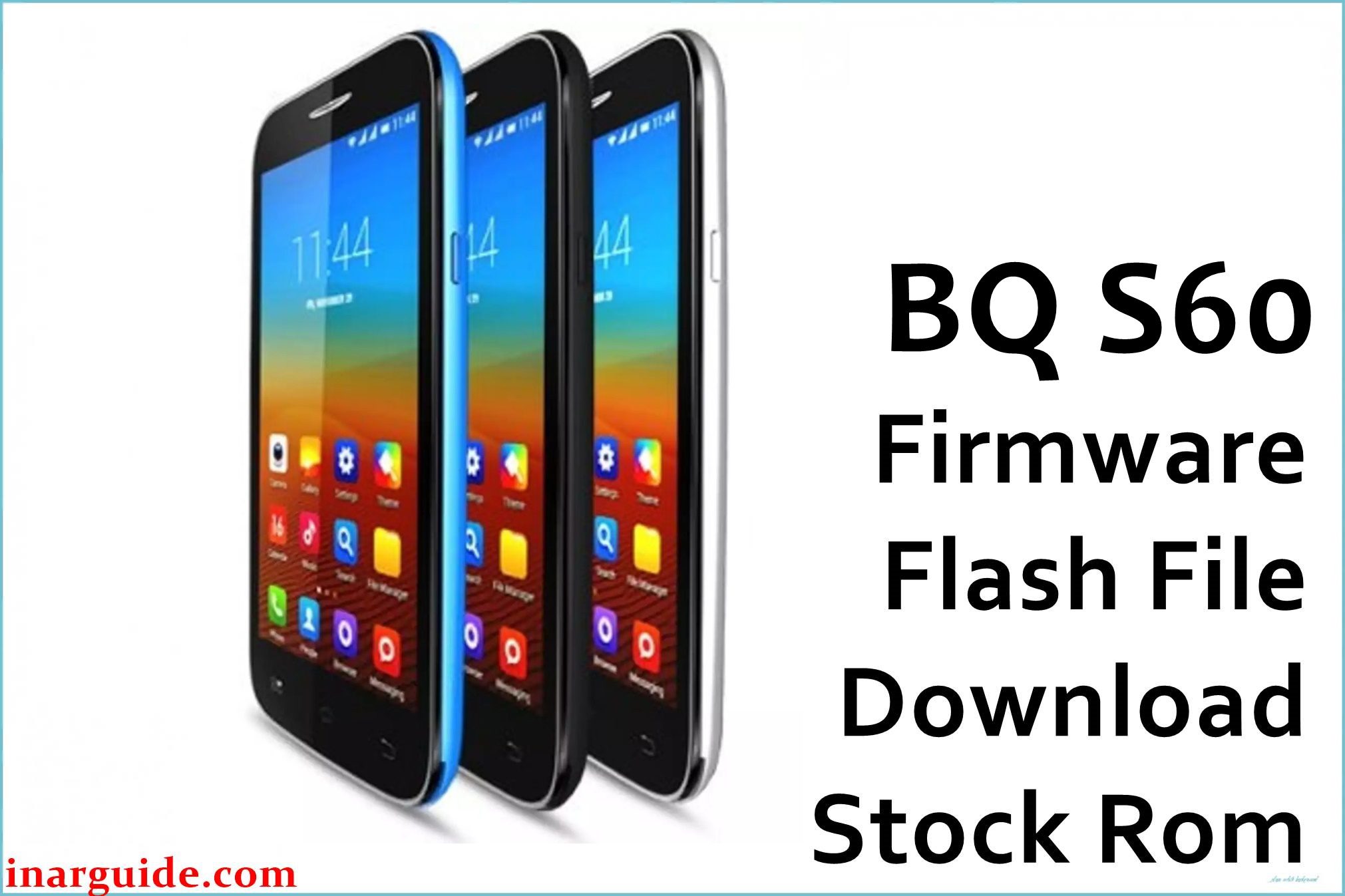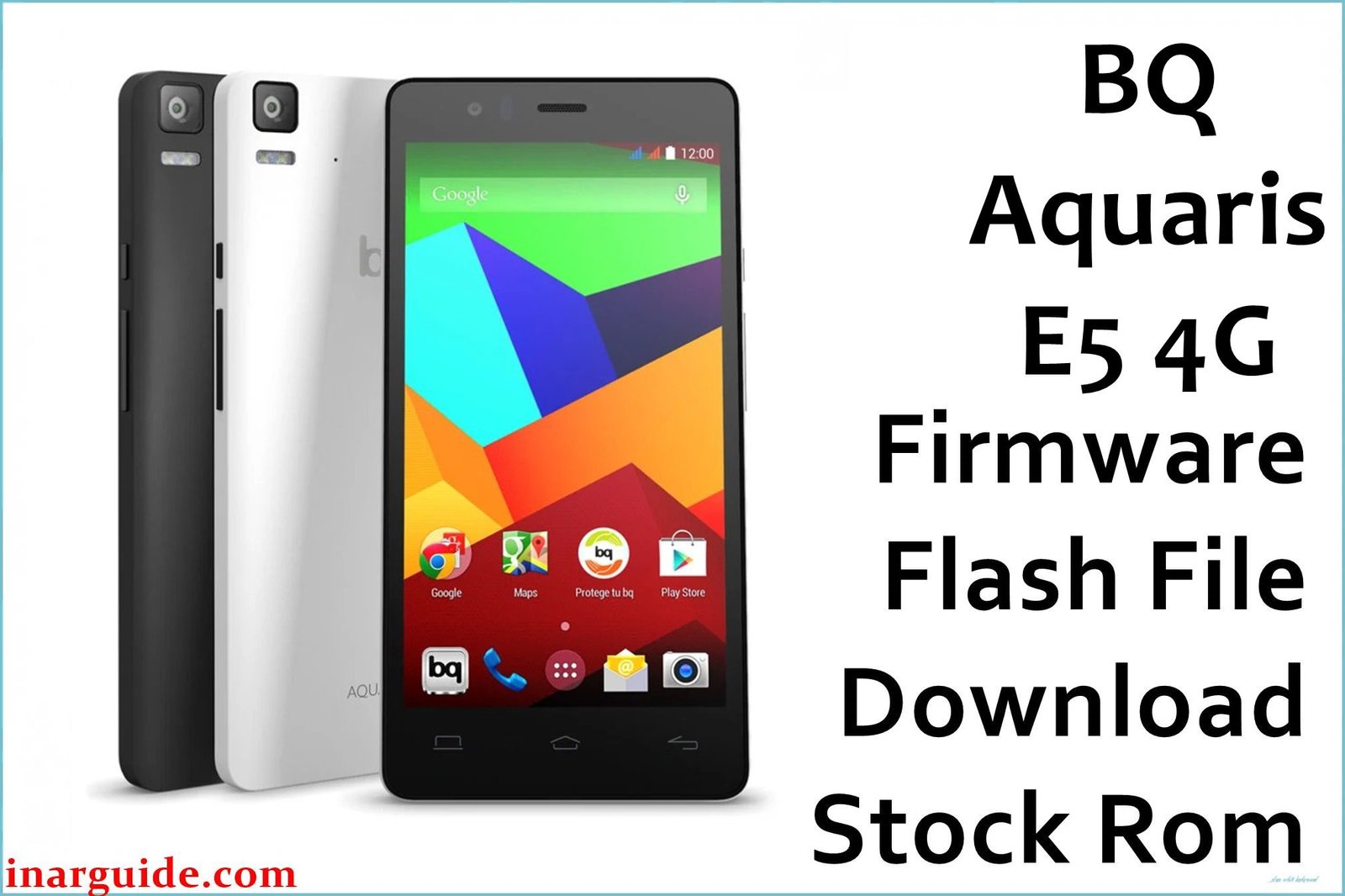The BQ Mobile BQ-5016G Choice is an entry-level smartphone running on the lightweight Android Go Edition, designed for basic tasks and efficient performance on modest hardware. It is powered by a Spreadtrum (UNISOC) SC7731e chipset. This guide provides the official stock firmware package for the BQ-5016G Choice, which can be used to restore the device to its original factory state. This is particularly useful for fixing critical software errors, such as a device stuck on the boot logo (bootloop), recovering from failed software updates, or removing persistent viruses and malware.
Important: Flashing this firmware will completely erase all personal data and settings on your smartphone, including photos, contacts, and apps. It is crucial to back up your important data before proceeding if your device is still accessible.
Quick Device Specs
- Device: BQ Mobile BQ-5016G Choice
- Release Year: 2019
- Chipset: UNISOC SC7731e
- Display: 5.0″ TN, 480 x 960 pixels
- Battery: 2200 mAh
- Original OS: Android 9.0 Pie (Go edition)
Required Downloads
To flash the firmware, you will need the SPD Upgrade Tool and the correct USB drivers for the UNISOC chipset. You can find the download links for these tools in our comprehensive guide linked below.
- SPD Upgrade Tool
- Spreadtrum/UNISOC USB Drivers
Official Stock Firmware for BQ Mobile BQ-5016G Choice
| Region / Carrier | Build Version | Type | Download |
|---|---|---|---|
| Global | V01_191220 | Official PAC Firmware | Download |
How to Flash Firmware on BQ Mobile BQ-5016G Choice
To install the stock firmware on your BQ-5016G Choice, you will use the SPD Upgrade Tool. The process involves loading the .pac firmware file into the tool. After that, you must power off your device completely. Then, while holding the Volume Down key, connect the phone to your computer via a USB cable to initiate the flashing process. The tool will then detect the device and begin the installation.
For a complete, step-by-step walkthrough of the entire flashing procedure, please refer to our detailed pillar guide: How to Use the SPD Upgrade Tool to Flash Your Smartphone.
Device-Specific Troubleshooting
- PC Does Not Detect the Phone: This is almost always a driver issue. Ensure you have correctly installed the Spreadtrum/UNISOC USB drivers. Try uninstalling and reinstalling them, using a different USB port, and a known-good USB cable. You may need to disable Driver Signature Enforcement on Windows.
- SPD Tool Error “Failed: UBOOT_DOWNLOAD”: This common error can occur if the battery is too low or if there’s an issue with the preloader. Make sure your device has at least 50% charge before starting. If it persists, try using a different version of the SPD Upgrade Tool.
- Device Boots into Recovery After Flashing: If your phone automatically boots into recovery mode after a successful flash, it’s a good sign. From the recovery menu, select “Wipe data/factory reset” and then “Reboot system now.” This ensures a clean first boot and prevents potential conflicts.
FAQs
- Q1. What is a .pac file?
- A
.pacfile is a firmware package format used for devices with Spreadtrum/UNISOC chipsets. It bundles all necessary system partitions (like boot, system, recovery, etc.) into a single file, which is then flashed using the SPD Upgrade Tool.
- Q2. Will this firmware remove the Google FRP lock?
- No, flashing the stock firmware will not remove the Factory Reset Protection (FRP) lock. After flashing, if the device was previously synced with a Google account, you will still need to enter those credentials during the setup process.
- Q3. My BQ-5016G is running very slow. Will this fix it?
- Yes. Reinstalling the firmware is the most effective way to restore performance. It clears out all accumulated junk files, corrupted data, and potential malware that can slow down an Android Go device with limited RAM.
- Q4. Do I need an unlocked bootloader to flash this firmware?
- No, you do not need to unlock the bootloader. The SPD Upgrade Tool uses a low-level protocol to flash official firmware packages, which works even on devices with a locked bootloader.



